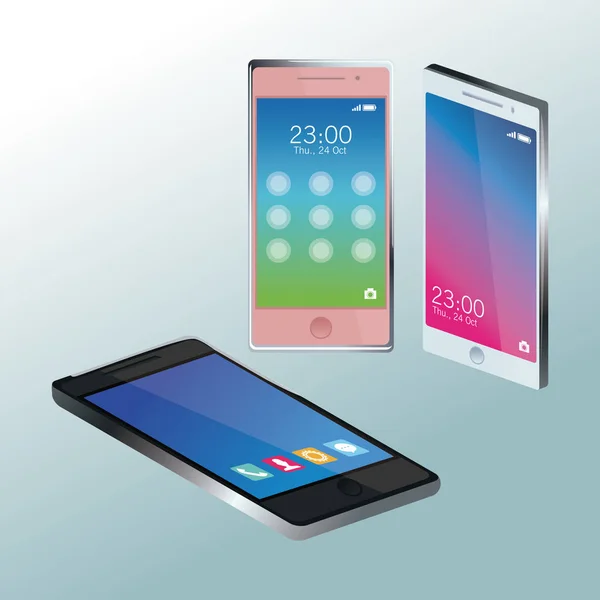Motorola Moto G5 Size - Real life visualization and comparison
It also has minimal bezels all around the handset, and is a darn sight cleaner-looking than phones with a notch. It’s packing a 2310 x 1080 pixel mix, and it’s an LCD option too, in order to allow for the pinhole camera in the front. That’s been built into the layers of the phone’s display itself, which would be tougher with OLED technology. Huawei is Honor’s parent company, and the two do share a lot in terms of technology and design – so the recently-launched Huawei Nova 4 looks similar too to the Honor View 20. (Image: © Huawei) It’s not the highest-resolution out there, nor is it using the most innovative screen technology for the display – but the lack of notch is certainly striking and going to turn some heads. The rear of the phone has the same ‘cracked light’ design as previous models, but instead of distorting all over the place it’s slipping downwards in a kind of flying V formation, complete with neon too. It’s something of a head-turner, which is necessary when the front of the phone is over 91% screen.

However, the bad s for the clumsy: the Honor View 20 isn’t water resistant to the IP67or IP68 levels of its flagship rivals – so best avoid swimming with this one. Honor View 20 camera and battery 48MP single sensor 3D Time of Flight sensor 25MP front-facing camera We now know that the rear of the Honor View 20 is going to have a large sensor: the biggest out there at 48MP. That’s huge, and comes thanks to work from Sony to push the boundaries of what’s possible with the sensor and that many pixels inside. Do we need a 48MP camera? The Nokia 808 Pureview was the last phone to break the barrier at 41MP, all the way back in 2012. Since then, only Huawei has come close to this number, with the 40MP in the recent P20 Pro, which made up the three camera array.
Motorola Moto G5 Size - Real life visualization and comparison - Core Criteria For mobile phones - Updated
However, Honor has gone one step further by bringing the 48MP camera – using the 1/2-inch Sony IMX586 sensor unveiled earlier this year, one we’ve been waiting to see which brand would blink first and put it in its phone – which it claims can take ‘top quality images’… a lofty claim with a camera offering that many megapixels. Whether it’ll be the first to market remains to be seen though, with Xiaomi claiming to be bringing a 48MP camera on a smartphone in January.
Wait, isn’t bigger better? The thing with the smartphone sensor is that it’s not the same as a DSLR: the space for the technology is pretty small, so there’s a smaller space for the light to hit. The more megapixels packed in the, the less light can hit the sensor. It you think of every pixel as a window that needs a frame, and that frame can’t capture light, you’ll see that more frames are going to make it hard to get a bright, clear image.
Thinking About Painless smartphone Advice - Motorola Moto G5 Size - Real life visualization and comparison
Sample image with the 48MP sensor – the bright areas are slightly overexposed but the quality is high That’s why we’ve seen a drop in the megapixel arms race of late: smartphone manufacturers have stuck at around 12-16MP, as this is seen as the ‘sweet spot’ of size of sensor, enough megapixels to take a sharp image and enough space to capture great low light snaps. The low light question is the one that Honor is going to have to answer here – the images it showed to highlight the prowess of the sensor are all rather brightly-lit, so only if the 48MP sensor can perform as well in darker conditions will it be judged a great snapper. Sony, the maker of the sensor, claims to have put together some pretty advanced technology to help improve the output of the camera, despite the pixels being around half the size of those in a 12MP camera.

No comments:
Post a Comment